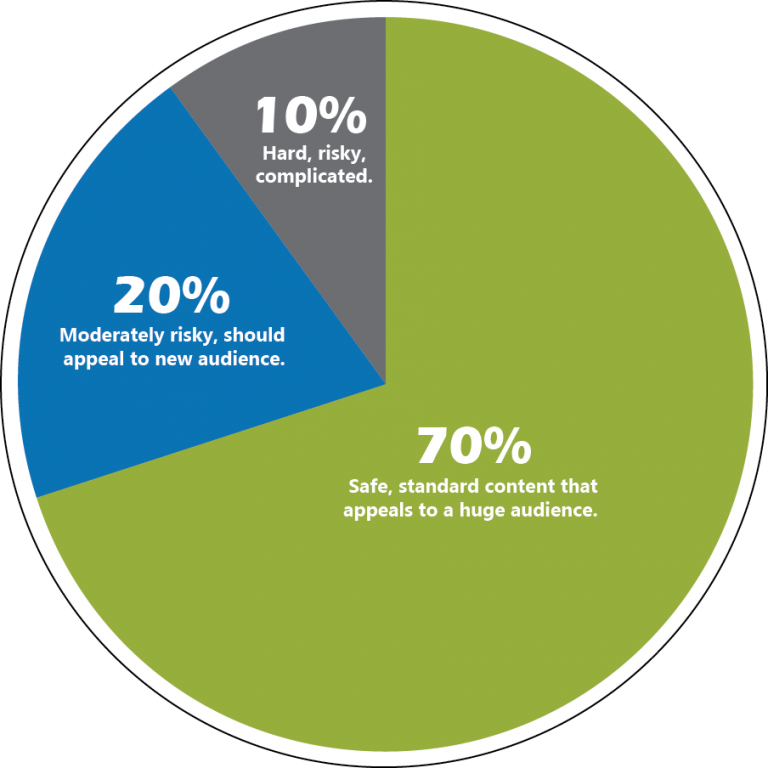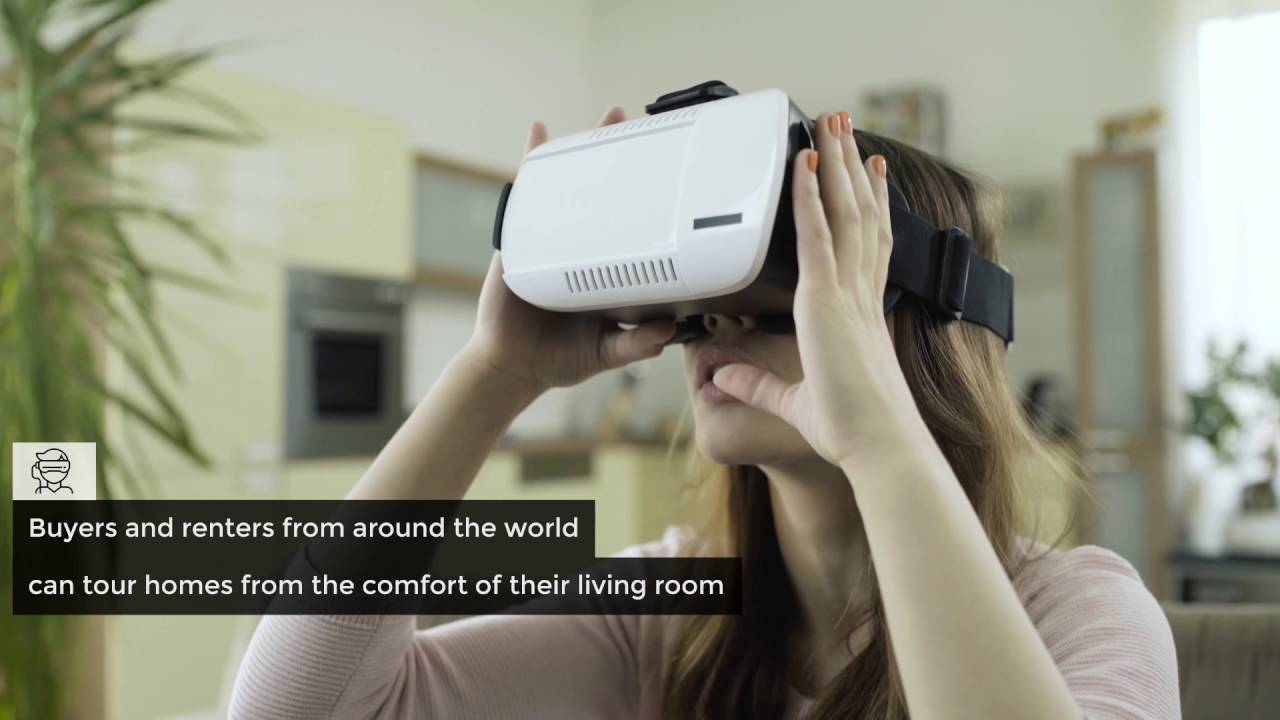5 domains that will be revolutionised by VR – part I
The virtual reality is here and ready to help not only entertain, but educate and influence profoundly our lives, for the better. Here are 5 domains that already see a big influence and that will see even more in the future.
- The real estate industry
Virtual reality can be a great asset when it comes to the real estate. From buying a house, 360 views and being a help for the real estate officers, VR can come in handy and prove to be really helpful. When it comes to open houses, a majority of the real estate domain is moving, well, to domains. The entire estate agent process can be performed online on sites like eMoov and CastleSmart, with virtual reality added in, buying a house is about to become a whole lot more lazy.
When a client is interested in buying a specific property the estate agent will usually arrange a viewing of said property or, in more lavish cases, host an open house. These events allow the potential buyers to walk through the home and examine the property. Now, imagine the prospective shopper was able to view the property from the comfort of their own home. Likely it would result in a greater interest for that residence which would create a faster sale. With VR this is very possible. Clients could put on their headsets and could be electronically strolling through the property within seconds. This means a lot of time and resources that are speared.
Moreover, the virtual reality can help so that the entire inspection could take place from the workplace of the agent. Several images and videos of the property would need to be taken to ready the virtual home for inspect. The same procedure would need to take place if a valuation was to be made via VR.
Also, most trainee estate agents learn the ropes by shadowing one of their senior colleagues on the job, following them around on viewings, visits and valuations, etc. Virtual training methods could be created which pits the user in situations that they would face on the job, such as getting questions from potential buyers, explaining features in a property. This could save real estate firms thousands in training expenses.
2. Education
According to the Smithsonian Mag, the students in classrooms across the United States and parts of Europe will soon be able to go on field trips to Buckingham Palace, Machu Picchu and the Great Barrier Reef, but they’ll be doing it through virtual reality. Google recently announced that it is expanding its Expeditions Pioneer Program, which brings virtual reality field trips to classrooms using Google’s cheap, smart phone-based VR viewer, Cardboard. The goal is to expose students to places they wouldn’t be able to see otherwise.
The idea for Expeditions came from a hackathon in Google’s education department. Given 36 hours to create a tool that would boost student engagement, Jen Holland, then a product manager at Google Apps for Education, drew on existing Google assets—the recently launched Cardboard, some teaching apps in development and a huge archive of 3D maps and photographs. She combined the three to make interactive virtual reality lessons, which she calls “experiences.”
Students can use Cardboard—an inexpensive pair of VR goggles made from a cardboard cutout, magnets, an Android phone and an app—to move through an experience that their teacher controls from a tablet. The Expeditions program has distributed the equipment to classrooms and worked with teachers to figure out lesson plans, but now, Holland says, they’re opening it up, so any teacher with a tablet and access to VR viewers (Cardboard costs about $20) can use it. With lessons loaded on the tablets, teachers and students don’t need to have internet access, which is important for low-resource classrooms.
Once students put on the VR headsets, they’re immersed in a 3D version of Machu Picchu or the Smithsonian’s National Museum of Natural History. They can look around, and the teacher can share information about things they’re seeing. Google built a Great Wall of China experience for a fifth grade math class, to give the students a more tactile lesson about multiplication. The same experience has been the topic of conversation in a 10th grade Chinese language class, and it provided physical context for students in a 12th grade history class and an anthropology lecture at a Brazilian university.
More you can read here.
What you need to know about the 70 percent rule
According to investopedia.com, the rule of 70 is a way to estimate the number of years it takes for a certain variable to double. “To estimate the number of years for a variable to double, take the number 70 and divide it by the growth rate of the variable. This rule is commonly used with an annual compound interest rate to quickly determine how long it takes to double your money,” writes the website.

Also, the rule is very popular in the real estate world, where the 70% of ARV (after repair value) “rule” is a formula commonly referred to by real estate investors, and used as a barometer when purchasing distressed real estate for a profit. The formula will calculate the maximum you can pay for a given property once you input two key factors, namely the ARV and estimated repair costs.
But, “it is critical to realize the 70% “rule” is not a one size fits all model that can be applied universally to all situations, markets or exit strategies. As a result investors who try to uniformly apply this 70% rule will consequently get less offers accepted. If you treat it with such regard, you will miss out on deals because your offers will be less competitive. Being in tune with your market is key and allows you to make more competitive, fair offers that have a higher chance of being accepted,” says biggerpockets.com.

source: SlidesShare
At the same time, though differently, the rule is also used by CEOs while delegating their power. When instead of money we are talking about performance,productivity, engagement and life-work balance.
According to inc.com, this 70 percent performance standard allows the CEO to aggressively move tasks to team members and have them perform the tasks at an acceptable level. “One important point is that if you delegate a task fully, you shouldn’t try to coach up the receiver to get back that 30 percent difference. When it comes to effective delegation, not only does communication need to be clear, concise, and consistent, but also you need to make sure each team member has access to the same information. Trust is one of the most important factors when it comes to delegation, and it goes both ways. You need to trust that your team members will complete the work they are responsible for, and your team members need to trust that you are giving them all the information they need to do the work. You will be available to back them up when necessary, writes Jim Schleckser for inc.com.
As techtarget.com points out, , according to the 70 percent rule, employees are most productive not when they are working as hard as they can from day to day but when they work, most of the time, at a less intense pace. “In this way, when demands are increased temporarily, they have some capacity to respond, whereas the employee working full-out is incapable of producing any more. (…) Best practices for incorporating the 70 percent rule include taking vacations and mini-breaks, leaving some of the day unscheduled and learning to refuse unreasonable work demands,” concludes TechTarget.



